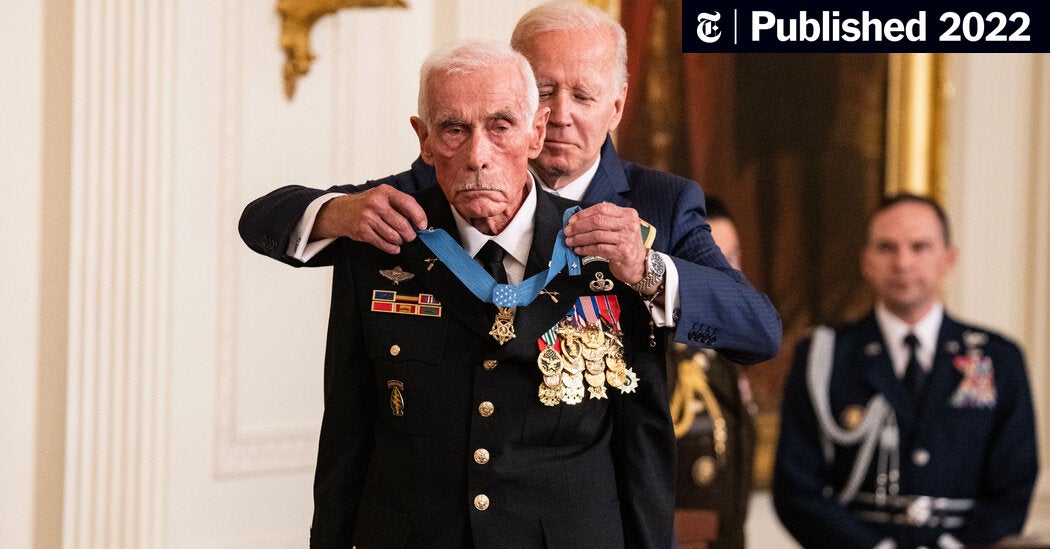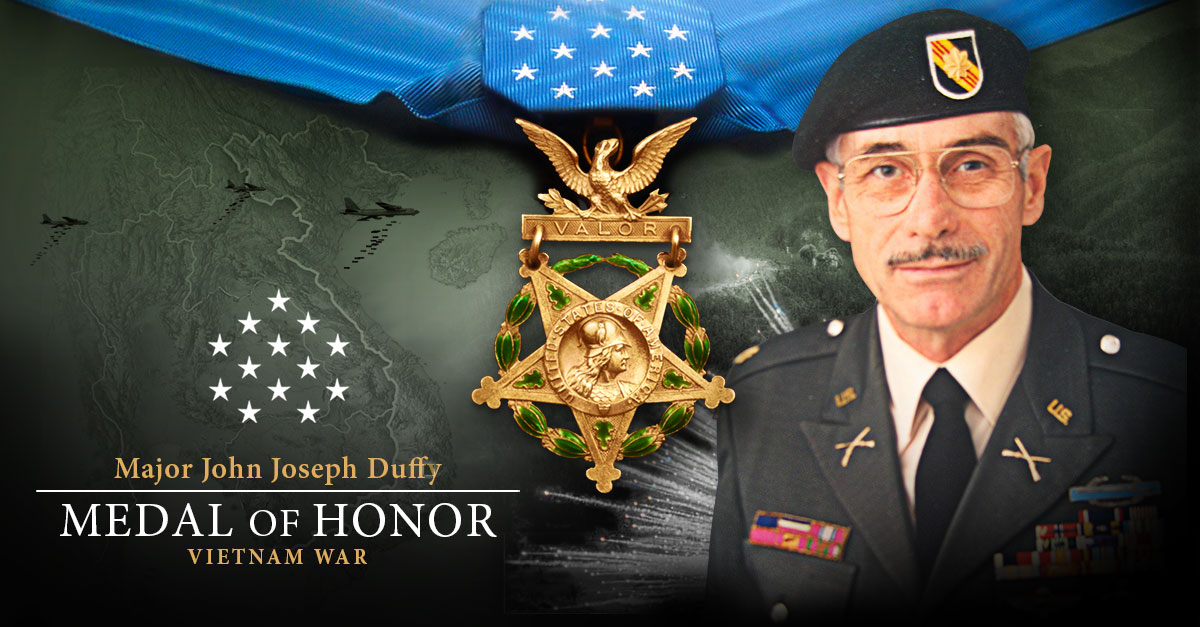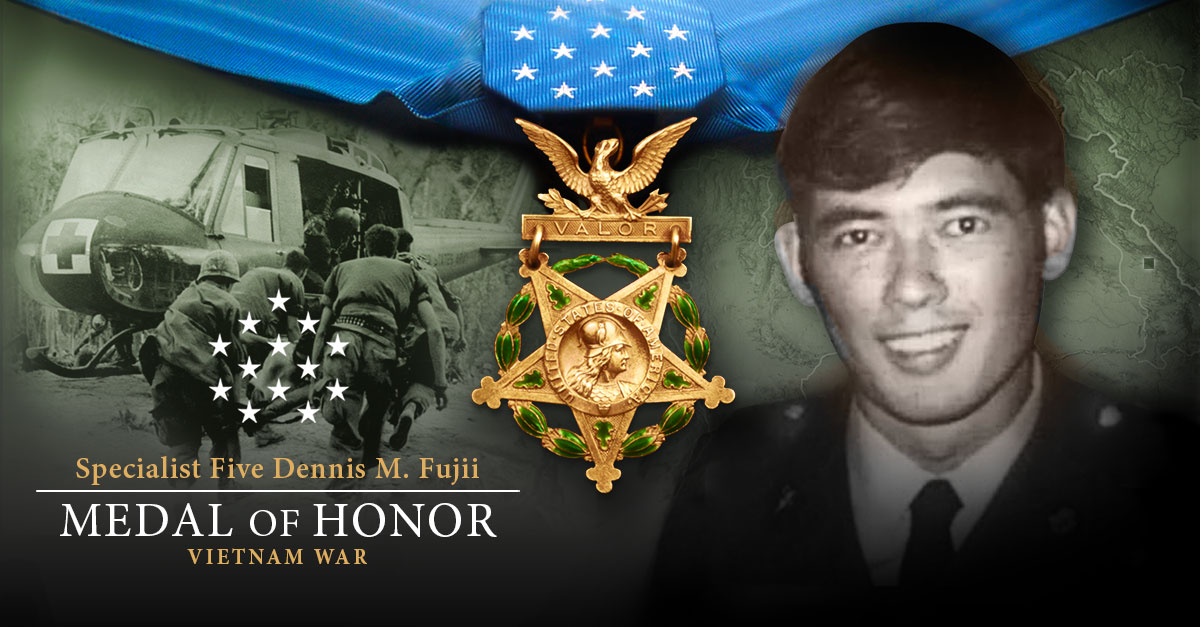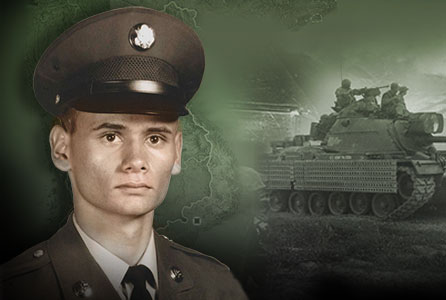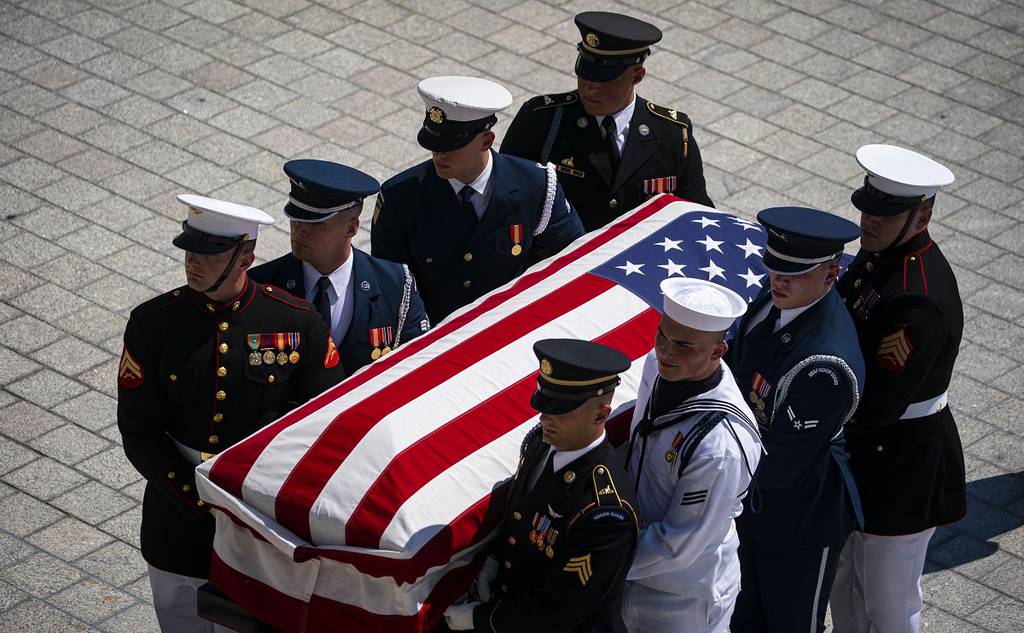Today in Military History:

“I am not comfortable in Korea (that is impossible here) but I am happy in the thought that I can help some souls who need help,” Chaplain Felhoelter had written to his mother four days before his death.
Felhoelter was posthumously awarded the Distinguished Service Cross for his selfless service. During the Korean conflict, 13 chaplains were killed. Six died in the first month of the war. In 1953, 175 Army chaplains had received 218 decorations including 22 Silver Stars. More medals were awarded later, including to CH (CPT) Emil Kapaun, who was posthumously awarded the Medal of Honor on 12 April 2013.
The President of the United States of America, under the provisions of the Act of Congress approved July 9, 1918, takes pride in presenting the Distinguished Service Cross (Posthumously) to Captain (Chaplain) Herman Gilbert Felhoelter (ASN: 0-549715), United States Army, for extraordinary heroism in connection with military operations against an armed enemy of the United Nations while attached to Headquarters and Headquarters Company, 19th Infantry Regiment, 24th Infantry Division. Captain (Chaplain) Felhoelter distinguished himself by extraordinary heroism in action against enemy aggressor forces on the Kum River, north of Taejon, Korea, on 16 July 1950. When seriously wounded men of the 19th Infantry could not be evacuated in the face of an overwhelming night attack by superior enemy forces who had cut off the main route of withdrawal, Chaplain Felhoelter, without regard for his own personal safety, voluntarily remained behind to give his wounded comrades spiritual comfort and aid. When last seen, Chaplain Felhoelter was still administering to the wounded.

en.wikipedia.org
 .
. .
.
